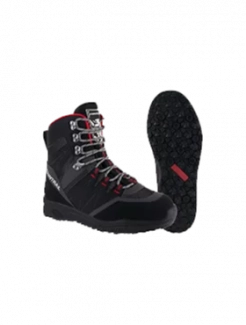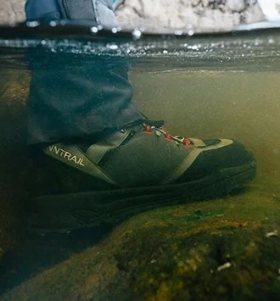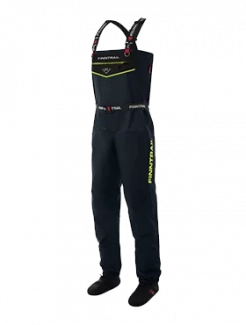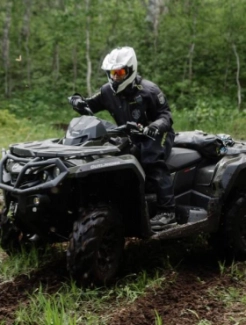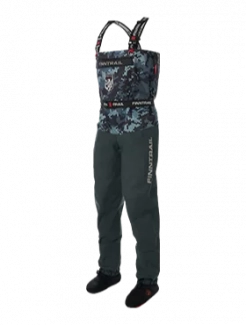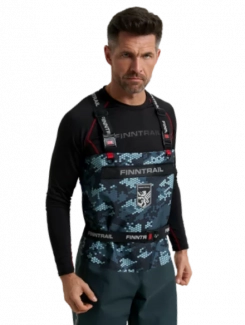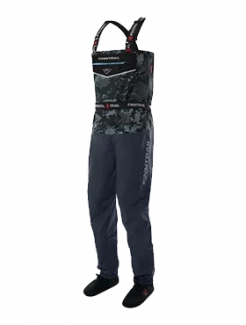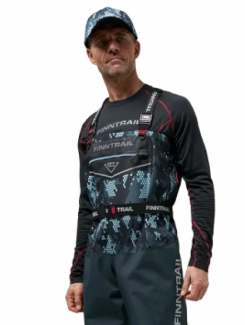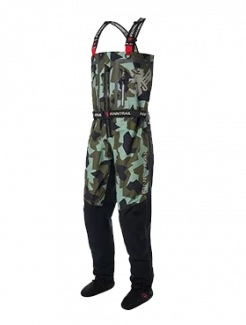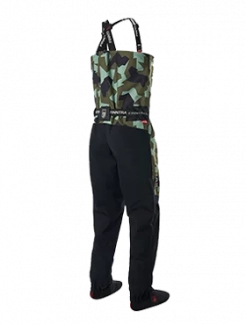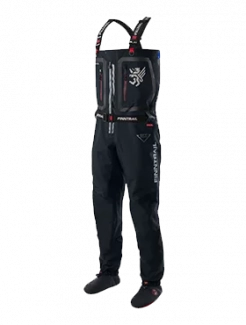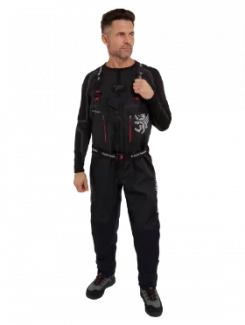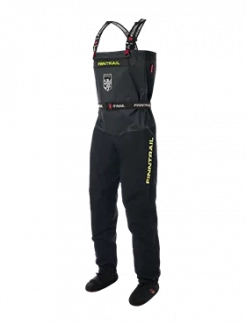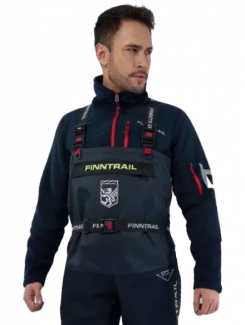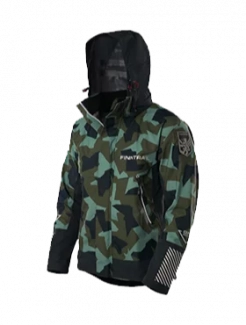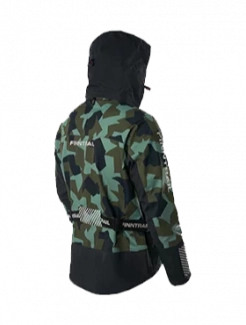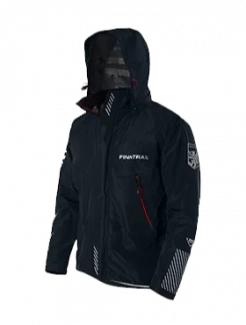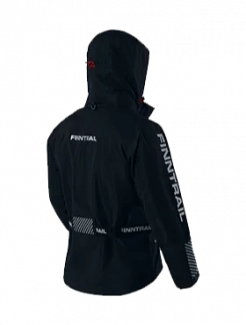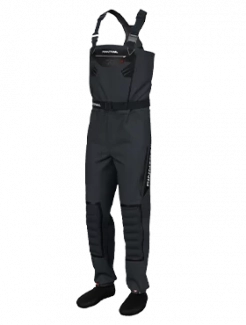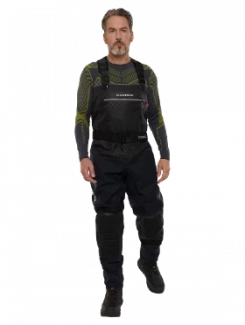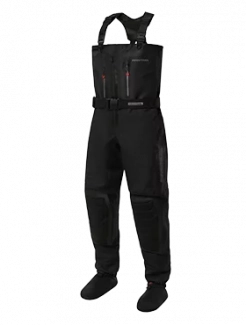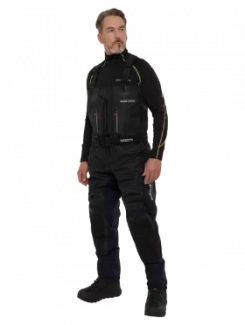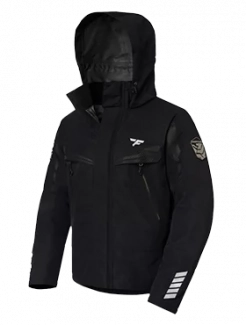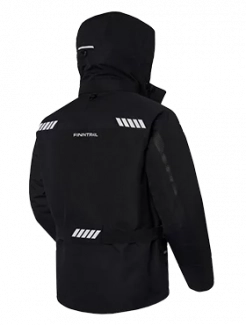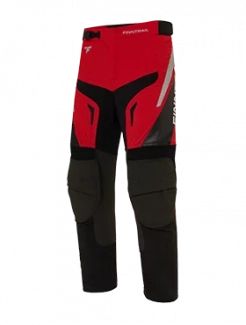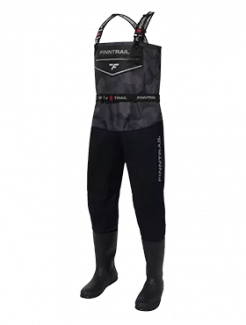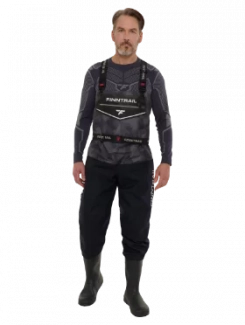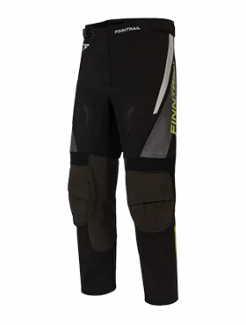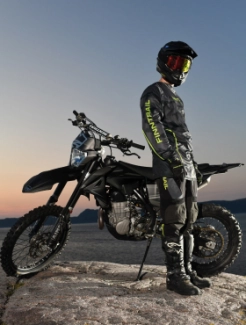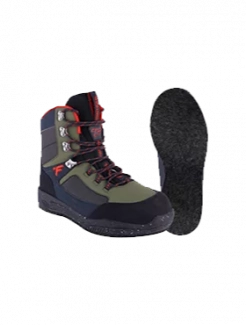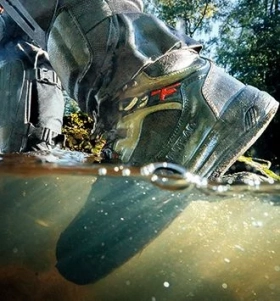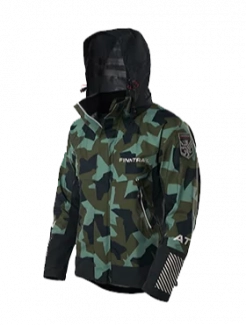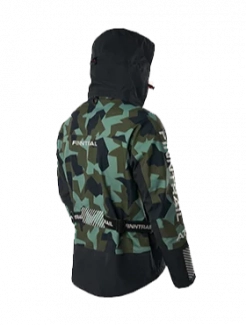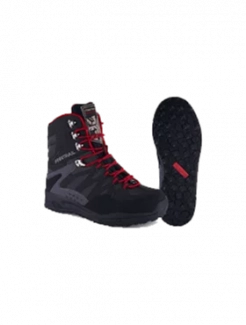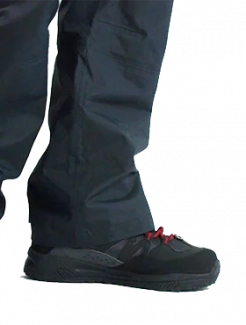Waders Built for ATVs: Don’t Settle for Fishing Gear
If you ride ATVs through mud pits, rivers, and swampy trails, you already know that your regular jeans or waterproof pants don’t stand a chance. What many new riders try instead is grabbing their fishing waders — after all, waders are waterproof, right? But as anyone who’s spent more than a few minutes mudding in fishing gear will tell you, they don’t hold up.
That’s where ATV waders come in. Designed specifically for riders—not anglers—they feature tougher materials, reinforced protection, and ergonomic details built for the demands of off-road mudding. In this guide, we’ll explain why fishing waders fall short, what sets ATV chest, hip, and booted waders apart, and how to choose the right pair based on your terrain and riding style.
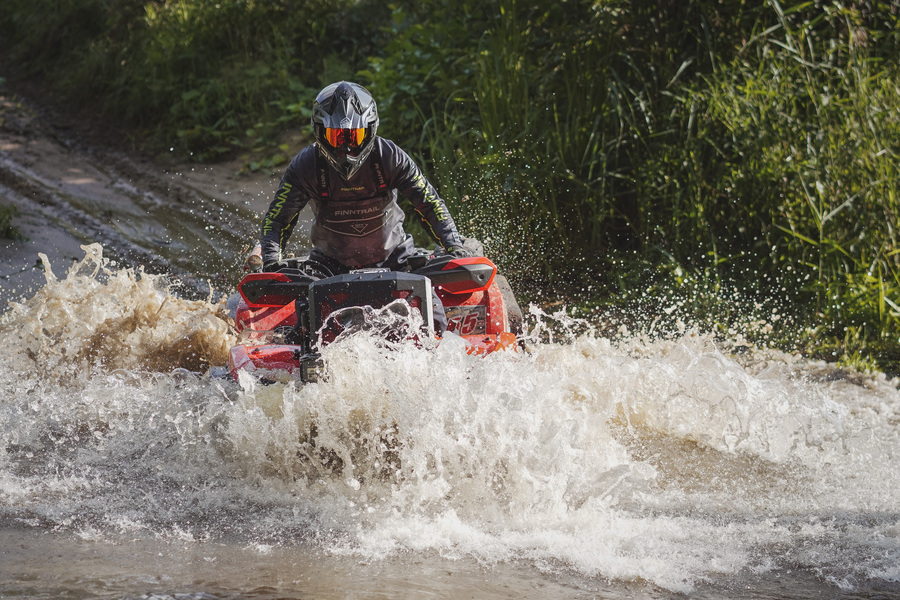
Why Fishing Waders Don’t Work for ATV Riding
At first glance, fishing waders and ATV waders look similar — both are waterproof overalls meant to keep water out. But once you hit the trail, the differences become clear:
-
Lack of Durability
Fishing waders are designed for standing in calm water, not grinding against metal footrests, brushing past trees, or sliding over rocks. They tear easily when exposed to abrasion. -
Poor Mud Resistance
Anglers deal with water, but ATV riders face sticky, abrasive mud that clogs seams, weighs down fabric, and tests every weak spot. Fishing waders often fail after a few rides. -
Limited Flexibility
Riding means constant shifting — sitting, leaning, and standing. Most fishing waders are cut for upright wading and quickly feel restrictive on an ATV. -
Boot Mismatch
Fishing boots are meant for riverbeds. They lack the traction and ankle support you need when pushing a quad out of a rut or walking through thick mud.
What Sets ATV Waders Apart
ATV mud waders are built to match the chaos of mudding. Here’s what makes them different:
-
Heavy-Duty Fabric: multi-layer, reinforced textiles stand up to branches, rocks, and trail abuse. Many feature water- and dirt-repelling coatings.
-
Reinforced Zones: knees, seat, and inner legs are double-stitched and reinforced, preventing wear in the spots that take the most impact.
-
Taped Seams & Zippers: high-quality ATV waders use fully sealed seams and waterproof zippers to keep out water even during deep crossings.
-
Ergonomic Cut: designed for sitting and moving on a machine, chest waders bend and flex with you instead of pulling tight.
-
Integrated Boots: many riders swear by waders with boots, which ensure no gaps, no leaks, and better grip in mud.
This combination makes them not just more durable but also safer and more comfortable for long days of riding.
ATV Chest Waders vs. ATV Hip Waders
When it comes to waders, you have two main choices: chest or hip. Both have their place in ATV riding, depending on the conditions.
ATV Chest Waders
-
Provide full-body coverage from chest down.
-
Best for deep mud pits, river crossings, and unpredictable terrain.
-
Offer extra insulation in cold weather.
-
Considered by most riders the best option.
ATV Hip Waders
-
Stop around the waist or thighs.
-
Lighter and cooler in warm weather.
-
Good for shallow water and mild mud trails.
-
Easier to put on and take off.
If you frequently ride in parks or regions where deep water and thick mud are unavoidable, chest waders are the safest bet. But if you ride lighter trails in summer, hip waders might be enough.
Why ATV Waders with Boots Are a Game-Changer
Boot choice can make or break your ride. While some waders are designed to pair with separate boots, many riders prefer ATV waders with boots already built in. Here’s why:
-
Total Waterproofing: no weak spot between boot and wader where water can sneak in.
-
Traction: ATV boots come with aggressive tread patterns for slick mud, rocks, and riverbanks.
-
Ankle Support: designed for off-road use, they keep you stable when pushing your machine or climbing slippery terrain.
-
Convenience: no need to buy or match separate gear — it’s one complete setup.
Key Features to Look for in the Best ATV Waders
If you’re shopping for waders, here are the essentials to look for:
-
Durability – reinforced knees, seat, and inner legs to survive heavy wear.
-
Waterproofing – multi-layer membrane with taped seams to block leaks.
-
Comfort – breathable materials, adjustable suspenders, and waist belts for a snug but flexible fit.
-
Fit for Riding – ergonomic cut to allow bending and twisting without strain.
-
Boot Quality – aggressive tread, waterproof integration, and good ankle support.
-
Extra Features – pockets for tools, reflective elements for safety, and even removable liners for cold-weather riding.
The best ATV waders are those that combine strength, function, and comfort while matching the specific conditions you face.
Common Mistakes Riders Make with ATV Waders
Even with the right gear, mistakes happen. Here are the most common issues to avoid:
-
Buying Fishing Waders Instead of ATV-Specific Gear
They won’t last, and you’ll end up spending more replacing them. -
Ignoring Fit
Waders that are too tight restrict movement; too loose, and they snag or fill with water. -
Overlooking Boot Grip
Smooth soles designed for rivers don’t work in mud pits. Always check traction. -
Skipping Reinforcement
Lightweight gear might be cheaper, but without reinforced knees and seat, you’ll be patching holes fast. -
Not Considering Climate
For cold-weather riders, insulated or layered waders are essential. In hot climates, breathable but durable materials are key.
Real-World Riding Scenarios
To make it more concrete, here are a few common riding situations and why waders for ATV riding are critical:
-
Mud Parks: ruts demand chest waders with boots. Anything less, and you’ll be soaked within minutes.
-
River Crossings: reinforced seams and taped zippers keep water out when you’re riding through knee-to-thigh deep currents.
-
Forest Trails: abrasion resistance matters most — branches, thorns, and sharp rocks can shred fishing waders in seconds.
-
Cold Weather Riding: breathable yet insulated ATV waders let you stay warm without overheating as you move.
These examples highlight why fishing gear doesn’t cut it and why ATV-specific designs are essential.
Final Thoughts
Off-road mudding isn’t gentle, and your gear shouldn’t be either. While fishing waders might seem like a quick solution, they simply aren’t designed to handle the demands of riding.
Investing in ATV waders—especially chest waders with boots—means staying dry, protected, and comfortable no matter how deep the mud gets. Built tougher and safer than fishing gear, they’re designed to handle the punishment of the trail.
So before your next ride, skip the fishing aisle and gear up with waders made for ATV mudding. Your machine will get dirty—but you don’t have to.

